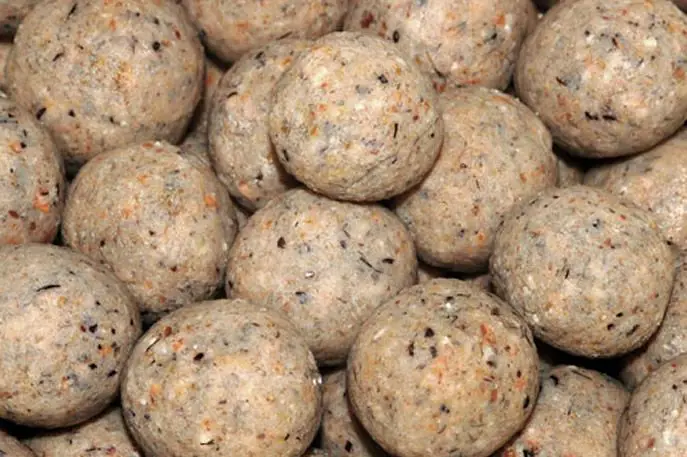Why Does Trout Taste Muddy? An Easy 5-Minutes Solution
Trout are known to make a fantastic meal as they can be cooked in various ways and they have many health benefits.
However, it’s often that anglers complain about a muddy taste in trout that can make it very unpleasant to eat.
So, why does trout taste muddy? Trout taste muddy due to the high concentration of certain chemicals in the water. These chemicals are produced from algae and bacteria in the lakes where trout live and feed in. You can easily remove the muddy taste from trout by soaking them in vinegar and removing the skin.
Keep reading to learn more about the chemicals that cause the muddy taste in trout fish and the best way to clean and cook trout.
Table of Contents
What Causes the Muddy Taste in Trout Fish?

The muddy taste in trout is caused by a chemical compound in the water called geosmin.
This chemical compound is mainly produced from the blue-green algae found on the surface of some freshwater lakes and from actinomyus bacteria which causes the organic material on the bottom of the lake bottom to decompose.
The algae and actinomyus bacteria release the geosmin into the water so trout consume it through their gills then it’s transferred through their bloodstream into their skin, meat, and muscle tissue.
The issue of muddy-taste trout is more prominent during summer as the algae become in full bloom when the temperatures is hot and the rate of bacteria decomposition becomes higher.
The issue diminishes when the water temperatures cool down. However, it might still take the trout fish to eliminate the geosmin compound from their system in cooler temperatures because their metabolism rate will be slower.
While it’s less likely to occur in deeper lakes with little to no organic matter, it can still be hard to predict which lakes will have muddy tasting tout.
Simple Remedies for Mud-Tasting Trout
If you’re not sure if your trout going to taste muddy, you can often tell by the slightly muddy smell when you’re cleaning it.
To remove this muddy taste in trout, you can try soaking the fish in clean water and vinegar for a day or so because the geosmin compound breaks down in acidic conditions.
It might also help to remove the fish’s skin while cleaning it or you can eliminate the issue entirely by only fishing for trout in clean clear lakes when the temperature is cold.
How to Clean Trout?
In order to thoroughly clean trout, you need to keep it fresh in a bucket of cold water or a live well right from the moment you land it.
You also need to learn how to gut a fish if you plan on cooking it whole. Here are the steps you need to follow:
- Start by cutting the head off just before the pectoral fin. This is optional as some prefer to cook the trout with the head.
- Hold the trout with its belly facing up and use a fillet knife to cut it from the anal hole towards the head. Try to keep your blade shallow to avoid puncturing the intestines.
- Spread the body open and remove all of the entrails and use an old toothbrush to clean the blood vein that runs along the fish’s spine. Make sure it’s properly cleaned out as it might affect how the trout tastes.
- Finally, rinse the trout thoroughly (inside and out) in fresh clean water then prepare it for cooking.
It’s recommended to remove the skin from the trout fish before cooking it, however, if you prefer to keep the skin you need to make sure you remove all the fish scales.
To remove the scales, you need to hold the trout firmly by its tail and scrape over its skin several times on both sides of its body using a sharp knife.
Make sure you clean your fish-cleaning table immediately after you finish by collecting the guts, head, and scales, then discarding them properly to prevent the buildup of any bacteria.
Here is a simple video illustrating a couple different methods you can use to clean trout:
How to Cook Trout?
Some might find trout difficult to cook because they have a lot of bones, however, once they’re cleaned properly trout will be much easier to cook.
Let’s take a look at some recipes and tips that will help you prepare your trout into a delicious meal.
Trout Recipes You Should Try Out
Oven-Baked Trout
Ingredients
- Olive oil
- 2 small trout fish (Cleaned with head and tail removed)
- Sliced lemons
- Fresh parsley or dill sprigs
- Salt and black pepper
Directions
- Heat your oven to 400 degrees F.
- Cut two sheets of aluminum foil (make sure they’re larger than your fish) then place the trout fish with its skin side down on each sheet.
- Oil both sides of the trout fish and season it, inside and out, with salt and pepper. Then add parsley (or dill) sprigs and lemon slices down the middle of each fish.
- Fold up the foil to make a packet, place the packets onto a baking sheet then bake them in the oven for 10 to 15 minutes.
- After taking them out of the oven, place each packet on a plate and serve with more fresh herbs and lemon slices.
Pan-Fried Trout
Ingredients
- Olive oil
- 4 whole trout fish (cleaned with the tail and head on)
- All-purpose flour
- Cornmeal
- Sliced lemons
- Salt and black pepper
Directions
- Heat the oil in a large skillet over medium heat.
- Combine the flour, cornmeal, salt, and pepper in a shallow dish.
- Dredge the trout fish in the mixture and make sure they’re fully covered on each side
- Raise the heat to high before adding the trout into the skillet and fry them for about 4 to 6 minutes on each side or until meat flakes
- Dab the trout with paper towels to reduce their oiliness then serve them with vegetables and lemon slices.
Trout Cooking Tips
- If you’re cooking a whole trout, it’s recommended to slash the thickest part of the meat a couple of times on each side. This will ensure that the heat fully penetrates the flesh and allow for even cooking.
- To make sure that your trout is evenly cooked, you can insert a sharp knife or a skewer into the thickest part of the flesh and check if it comes out hot to the touch. You can also tell by whether the flesh is opaque and if it makes slight resistance when prodded.
- You can try steaming the trout fish to retain the moisture in the flesh and bring out its full flavor.
- Consider using butter or lemon to enhance the flavor of trout and reduce its oiliness.
Related Questions
Are Trout Healthy to Eat?
Trout fish are very healthy to eat when they’re cleaned and cooked properly. They are low in calories and highly nutritious as they’re rich in proteins and omega-3 fatty acids. They are also a good source of B vitamins (thiamin, riboflavin, and niacin), vitamin D, phosphorus, iodine, and iron.
What to Look for When Buying Trout to Cook?
You need to make sure the trout are freshly caught before you buy and cook them. You can tell the trout is fresh if their eyes are clear and their gills are bright red. Fresh trout are also firm to the touch and will also have a natural slimy layer.
Do You Need a License to Harvest Trout?
You do need a license to harvest trout. These licenses are offered in some states for a price and they can last a day and go up to a whole year. Before you go fishing for trout, you need to check the licensing requirements and any other fishing regulations in your state
Helpful Resources
How to catch Trout with Hot Dogs
Trout Fishing in America by Richard Brautigan (you can check the book on Amazon here)
Level Up your Trout Fishing
- Gear up with the best Trout Fishing Rods here
- Check out the best Trout Fishing Reels here
- Find the best fishing lines for Trout here
- Get larger trouts faster with these trout baits that NEVER fail
- Learn about hook sizing for trout here, and the best baits for rainbow trout here.
- You can’t go wrong with these powerbaits for trout.
- Get larger steelheads with these baits
- These Steelhead Lures are the experts’ picks for the year, and it’s easy to see why
If you like this article, please share it or pin it, you can find the share buttons below. We will really appreciate it ❤️

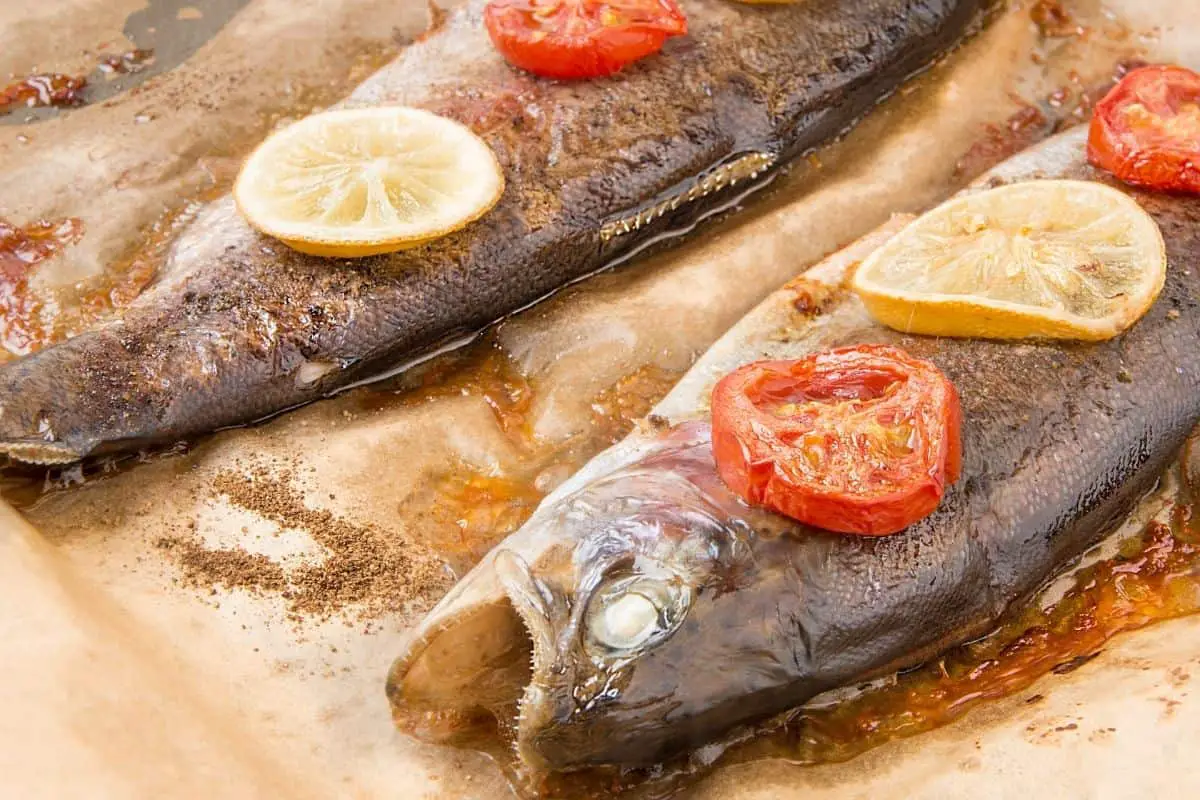
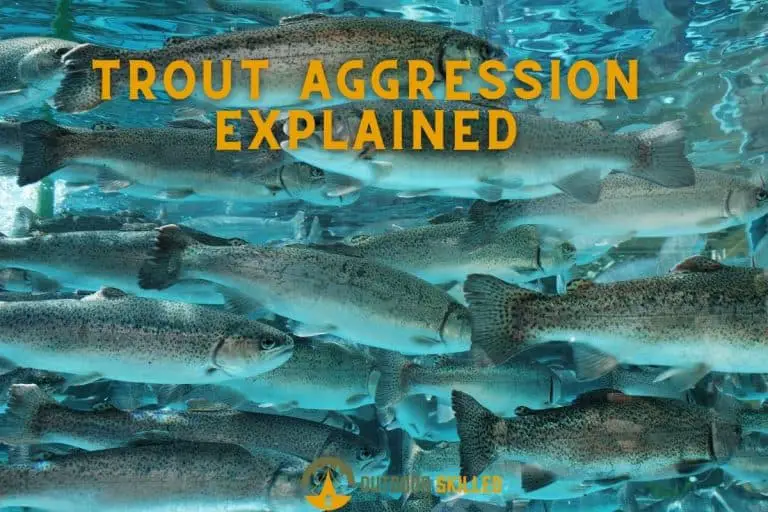
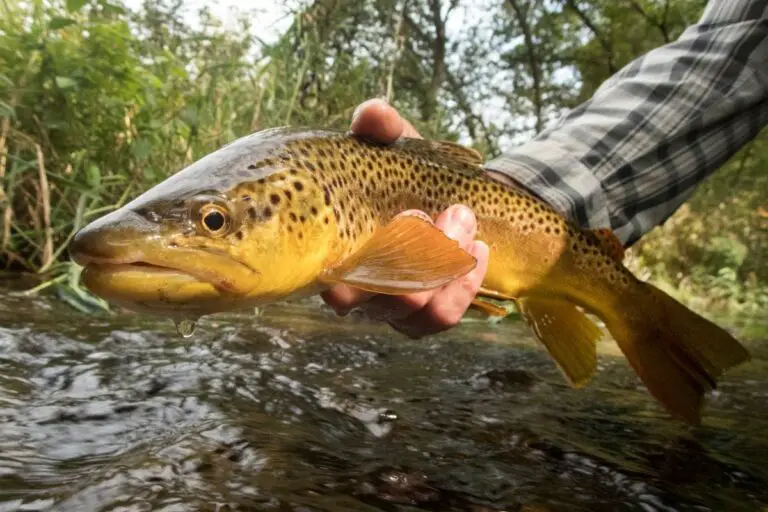
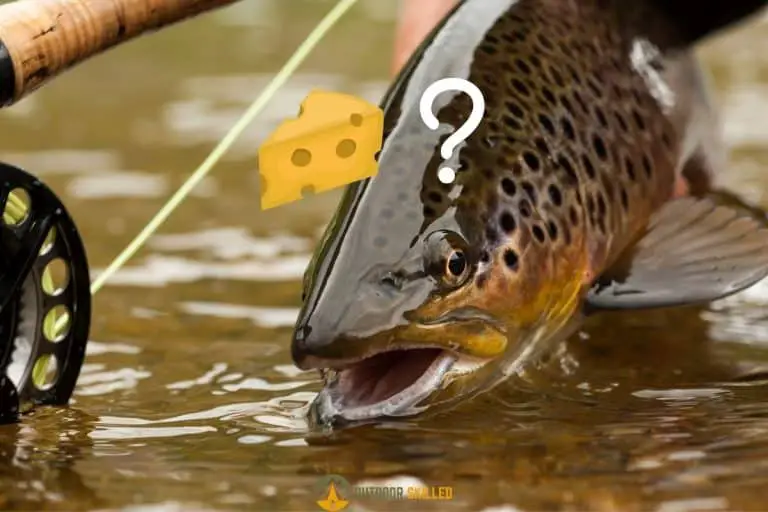
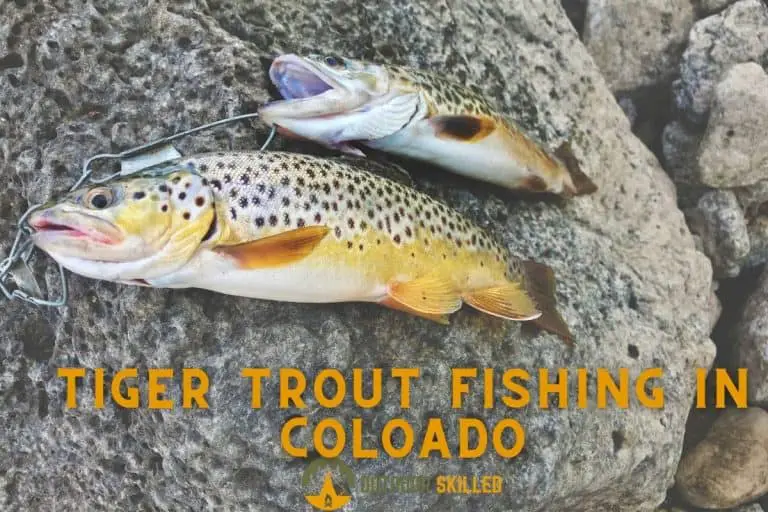
![Light VS Ultralight Rod for Trout [A Quick Comparison]](https://outdoorskilled.com/wp-content/uploads/2021/09/hand-holding-trout-768x512.jpg)
